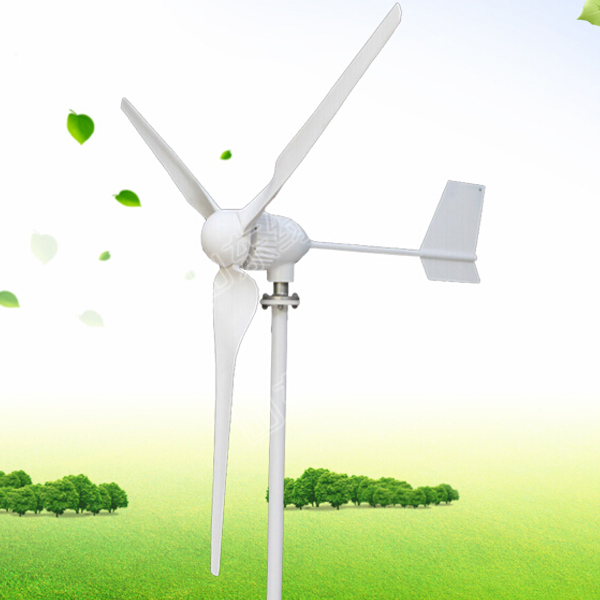The Benefits And Down Sides of Wind Driven Turbines
Are Wind Turbines Good Or Perhaps Dangerous?
In case you haven''''t heard of wind turbine electricity turbines, here is a brief description. A traditional wind turbine is a tall tower that has blades hooked up to a rotor. Any time the wind blows the wind turbine the blades make the rotor whirl and the movement of the rotor forces the generator within the turbine to make power. As with many types of power generators, magnets and also copper wires are organized to create a charge whenever the rotor spins. This process has been applied for many years in other types of generators.
Wind turbines, as the name shows, require wind to work. The normal height for wind turbines is actually 30 meters, which enables them to utilize the more powerful winds that happen at that height. This height makes it possible for the rotor to receive more exposure to the wind and therefore create far more electricity. Obviously there should be enough wind to produce electricity from the get go. Prior to an installation of turbines is engineered, detailed analysis of wind patterns for the planned site is reviewed. Many coastal locations are ideal due to consistent high winds. While wind speed is the most crucial variable to measure, wind direction will also have an impact on the efficiency of the installation. To adjust to varying wind directions, the turbines are designed to continually face into the wind, irregardless of direction.
Wind turbines can generate quite a lot of energy; one turbine can easily generate electricity for one house, or maybe they can be used to power machinery that does something like grinding grain. A battery backup that''''s replenished by the turbines, delivers power during occasions when no wind blows. Because of the high initial investment, which will call for decades to recover, wind turbines require a longterm perspective. A positive aspect of these turbines, in comparison to solar panels, is they do not need sunlight. In areas that experience several hours of darkness during some seasons, turbines may be a better green solution as compared to solar panels. Turbines are extremely clean to run, eliminating worries about pollution. More turbines can reduce the causes of global warming which threaten the planet today. Another benefit is that turbines are capturing energy from a regularly renewing source. This indicates that turbines will always be able to produce electrical power if they are located in high wind regions.
Even though they have a lot going for them, there are some drawbacks to consider. Many people don''''t want to be looking at a tall tower with a propeller on top outside their window. When put in groups, such as the large commercial installations in coastal districts and even out at sea, where there are high winds, they are not an attractive site. Noise pollution is an additional complaint because of the friction of the rotor on the shaft when it spins. While good for meeting the needs of people, they can be unsafe to birds and bats. The spinning rotors interrupt the bats'''' ability to avoid physical objects with their sonar readings. While these incidents are rarely noted they do occur.
Wind turbines definitely seem to be a excellent source of energy, but needless to say there are drawbacks like with anything. They can play a significant role in our future energy plans if they are used carefully.




